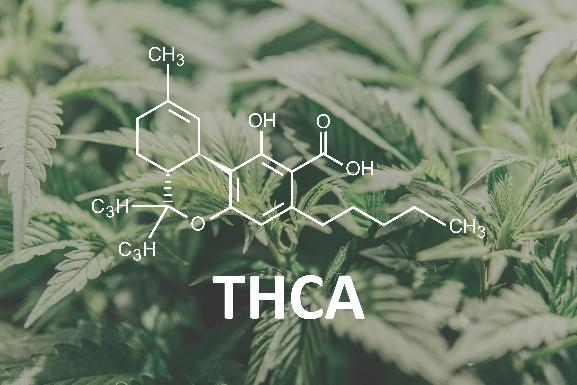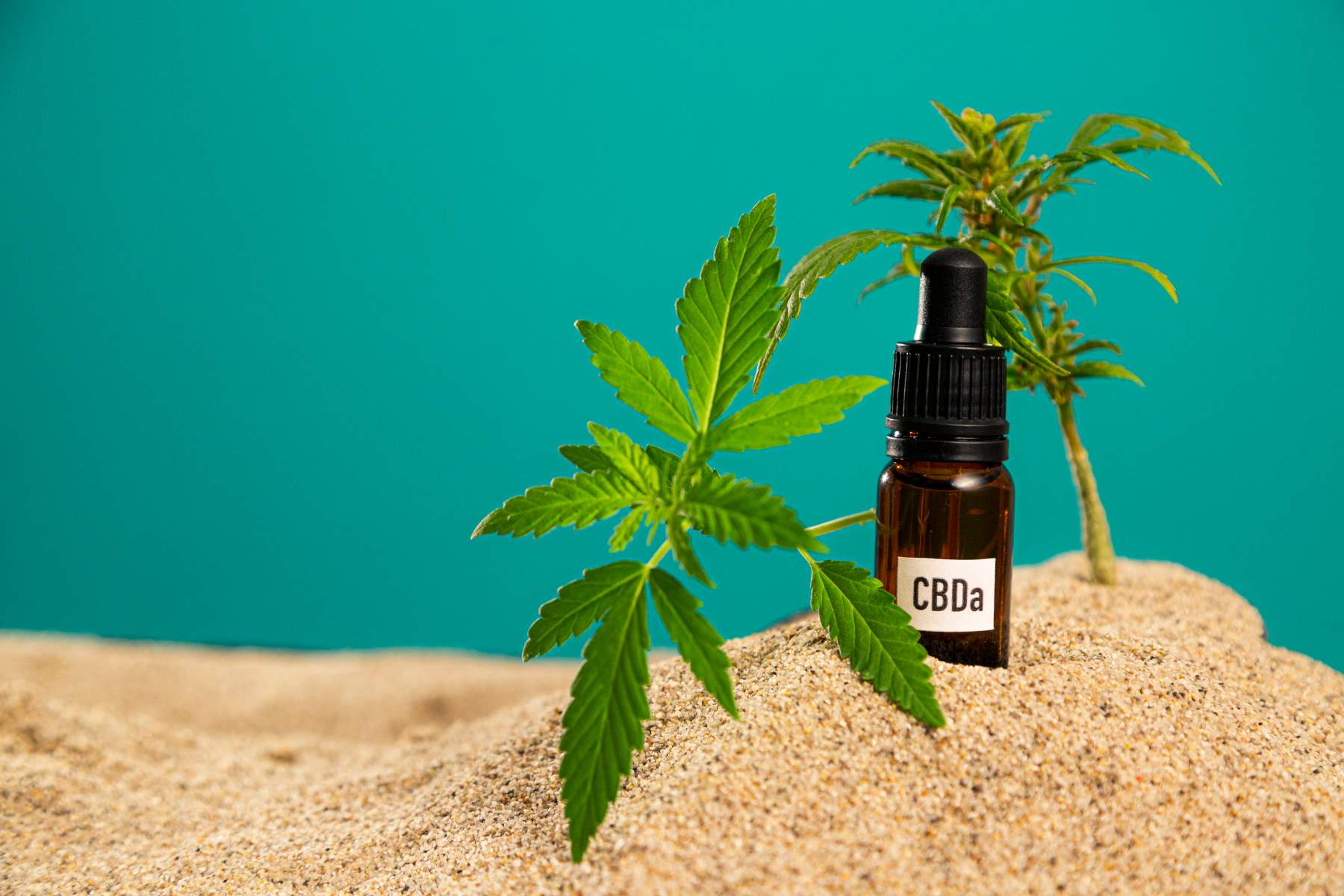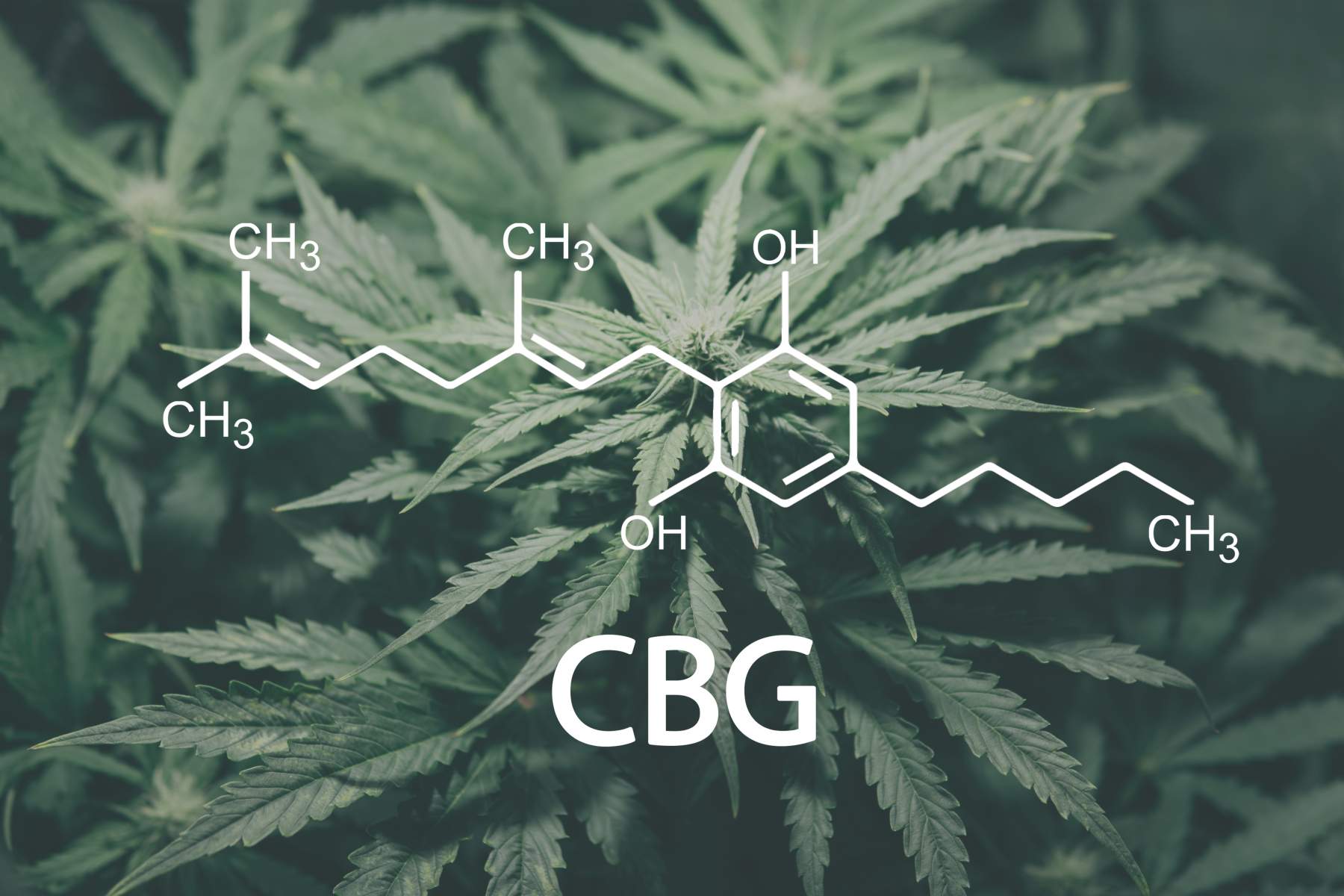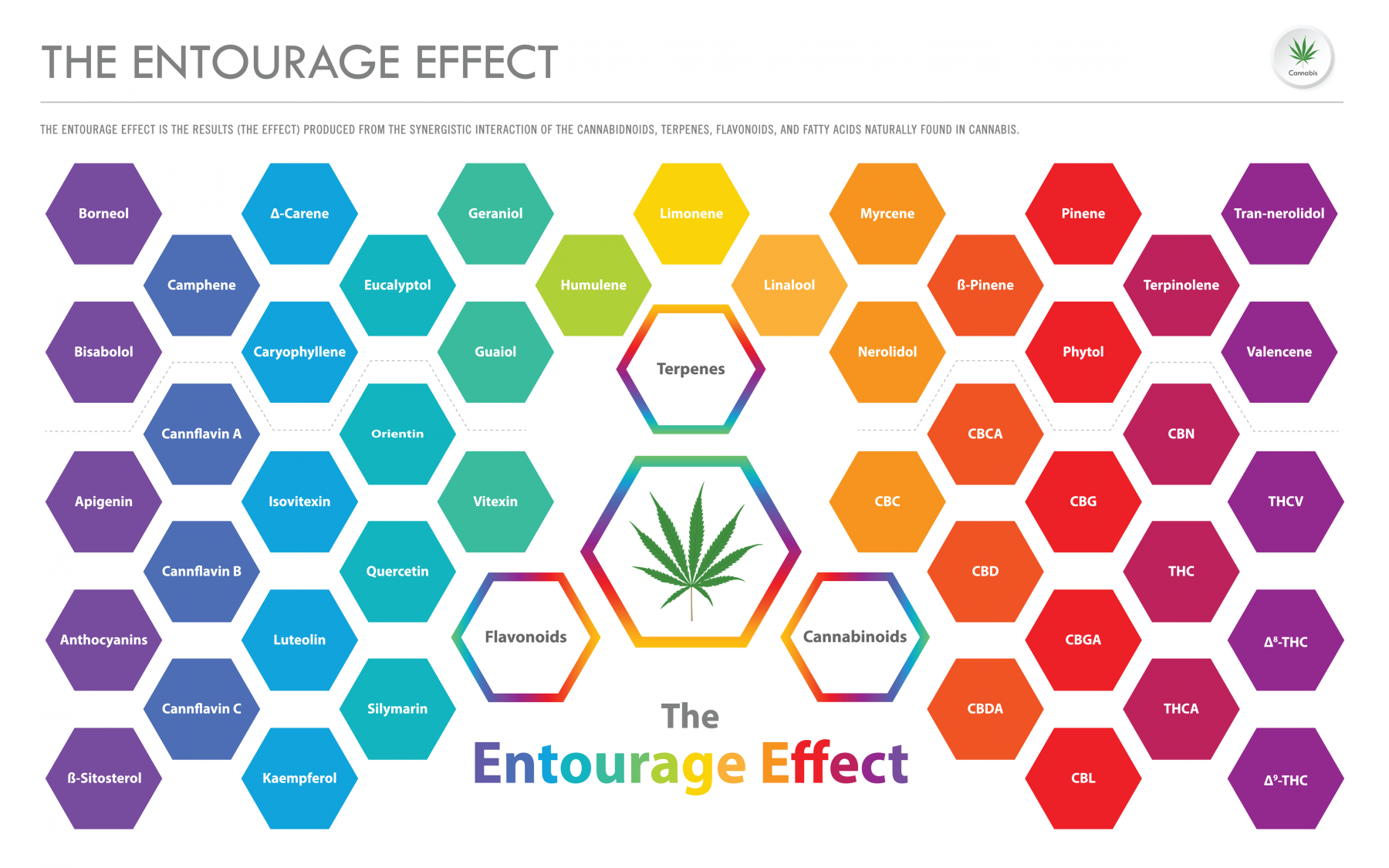More Than Just THC & CBD: Minor Cannabinoids in Cannabis to Have on Your Radar
Cannabis is a highly complex plant, and she continues to reveal those complexities as the plant is further researched and the compounds that make up the plant become apparent and more understood.
For a very long time, cannabis advocacy, medical cannabis, and even recreational cannabis focused on THC (delta-9-tetrahydrocannabinol) as the most important component of cannabis. THC is the psychoactive or intoxicating cannabinoid that produces the “high” effect, but also holds incredible medicinal properties for its potential to treat pain, insomnia, and other common medical conditions, even holding anti-cancer and anti-tumor properties that are continuously being explored.
CBD has also been widely explored and adapted as a crucial part of the cannabis plant that holds medicinal properties. Often known as the non-intoxicating counterpart to THC, CBD has gained wide acclaim for its ability to manage mood, sleep, appetite, pain, and a number of other conditions.
Pushing the Envelope of Cannabinoid Science
At Compassionate Clinics of America, we don’t stop at just the basics of cannabis science in our pursuit to provide our patients with various options to explore after getting their medical cannabis certification. This means going beyond just THC and CBD and embracing the medicinal benefits of other cannabinoids, of which over 100 hundred have been identified in the cannabis plant.
Here we’ll introduce some other major and minor cannabinoids to have on your radar as you explore the potential of medical cannabis for your health and well-being. In further articles, we will look at the other components of the plant that bring about effects, such as terpenes.
THCA (tetrahydrocannabinolic acid)

An often-overlooked part of cannabis medicine is cannabinoids in their acidic, or “raw” forms. All cannabinoids have a “precursor”, which is that cannabinoid in its acidic, or inactivated form.
THCA, or tetrahydrocannabinolic acid, is the precursor cannabinoid to THC. THCA is not-psychoactive, but when activated via heat (i.e. lighting it up or decarboxylating it for edibles), it converts to the psychoactive THC. Consuming THCA involves the cannabis staying in its raw form, with many choosing to juice raw cannabis leaves for the THCA value or take raw cannabis through a capsule.
THCA holds promise in the treatment of nausea, yet is proving to be more beneficial in smaller quantities. THCA also is being studied for the treatment of seizures and epilepsy for its anticonvulsant properties. Widely regarded for its neuroprotective properties, meaning that it prevents damage, degeneration, or impairment of brain function, THCA is showing up in the research for Alzheimer’s and Parkinson’s Diseases.
CBDA (cannabidiolic acid)

CBDA, or cannabidiolic acid, like THCA to THC, is the precursor to CBD. CBDA works with the body’s endocannabinoid system (ECS) in a different way than other cannabinoids. CBDA blocks the COX-2 enzyme, which is released when the body experiences injury or infection, leading to inflammation, thus reducing inflammation and the associated pain.
Most interestingly CBDA is being researched for its ability to regulate serotonin levels. Serotonin helps the signaling between cells, which are vital for motor skills, sleep patterns, appetite and digestion, and emotional regulation. CBDA holds potential for addressing chemotherapy and radiation-induced nausea and vomiting, as these treatments can stimulate excess serotonin levels that lead to these unpleasant side effects.
CBG (cannabigerol)

Cannabigerol, or CBG began to rise in popularity in the wake of the CBD movement that occurred across the country as a result of the passing of The Farm Bill of 2018. Not as much is known about CBG as other cannabinoids like THC or CBD, but the research base on this cannabinoid is growing. CBG is most commonly found in high-CBD cultivars (strains).
CBG is being looked at for its potential to relieve intraocular pressure in cases of glaucoma, as well as reduce inflammation in Huntington’s Disease and application for neurodegenerative diseases.
Some preliminary animal studies are showing CBG may also prevent the proliferation of cancer cells. The antibacterial properties of CBG were recently investigated, specifically looking at the cannabinoid’s effectiveness against methicillin-resistant Staphylococcus aureus (MRSA).
CBN (cannabinol)

Cannabinol, or CBN, occurs when THC oxidizes, or is exposed to air over time. Better explained, CBN is what is produced when the THC in cannabis ages. CBN has always been known as a “sleepy” cannabinoid, helping people sleep, but the jury is still out on the efficacy of CBN for sleep alone. It’s believed that CBN’s sedative properties are brought out when combined with THC and terpenes that have evaporated via The Entourage Effect.
Like CBG, CBN is also being investigated for its antibacterial properties against MRSA and other drug-resistant bacteria. CBN may also be an appetite stimulant, particularly helpful in those experiencing nausea, cachexia (wasting syndrome), or loss of appetite due to cancer treatments. CBN may also help relieve intraocular pressure experienced through glaucoma while having other anti-inflammatory properties. Many of the studies on CBN are animal studies, and most studies indicate a need for more research to fully understand CBN’s benefits for humans and specific medical conditions.
CBC (cannabichromene)
CBC or cannabichromene is another minor cannabinoid that research has only scratched the surface of. However, preliminary animal studies show that CBC may have anti-inflammatory properties yet doesn’t interact with the CB1 and CB2 receptors in the endocannabinoid system in the same way other cannabinoids like THC do.
CBD also has mild to moderate antifungal properties with strong antibacterial properties. In early 2020, CBC and CBG when administered in conjunction showed possible anti-tumor properties, with these cannabinoids being able to penetrate cells in unique ways.
The Importance of the Entourage Effect

As we demonstrated above, many cannabinoids hold certain medical properties in common, often acting in synergy with other cannabinoids and terpenes to bring about certain effects. In an earlier article, we explored The Entourage Effect, or the interaction of cannabinoids and terpenes within cannabis, with the notion that these compounds create greater effect on the body while working together than working separately in their isolated form. As prominent cannabis researcher Dr. Ethan Russo explained, “2 + 2, instead to equaling 4, it gives you an 8 in terms of the benefit.”
At Compassionate Clinics of America, when you get your medical cannabis recommendation, we encourage you to learn about the various cannabinoids and terpenes in cannabis and how they work with one another. Many patients will lean towards broad- or full-spectrum cannabis products to get the benefits of all compounds of the plant and experience The Entourage Effect in action.
Explore the Limitless Possibilities of Cannabis Medicine
There is still so much to learn about cannabis medicine, yet the increasing amount of research on its various compounds are supporting the reasons why people have chosen to use cannabis for medicine for decades, if not centuries.
If you’re interested in exploring medical cannabis in Illinois, Missouri, Pennsylvania, or Oklahoma, be sure to ask your medical cannabis physician or our Patient Care
























